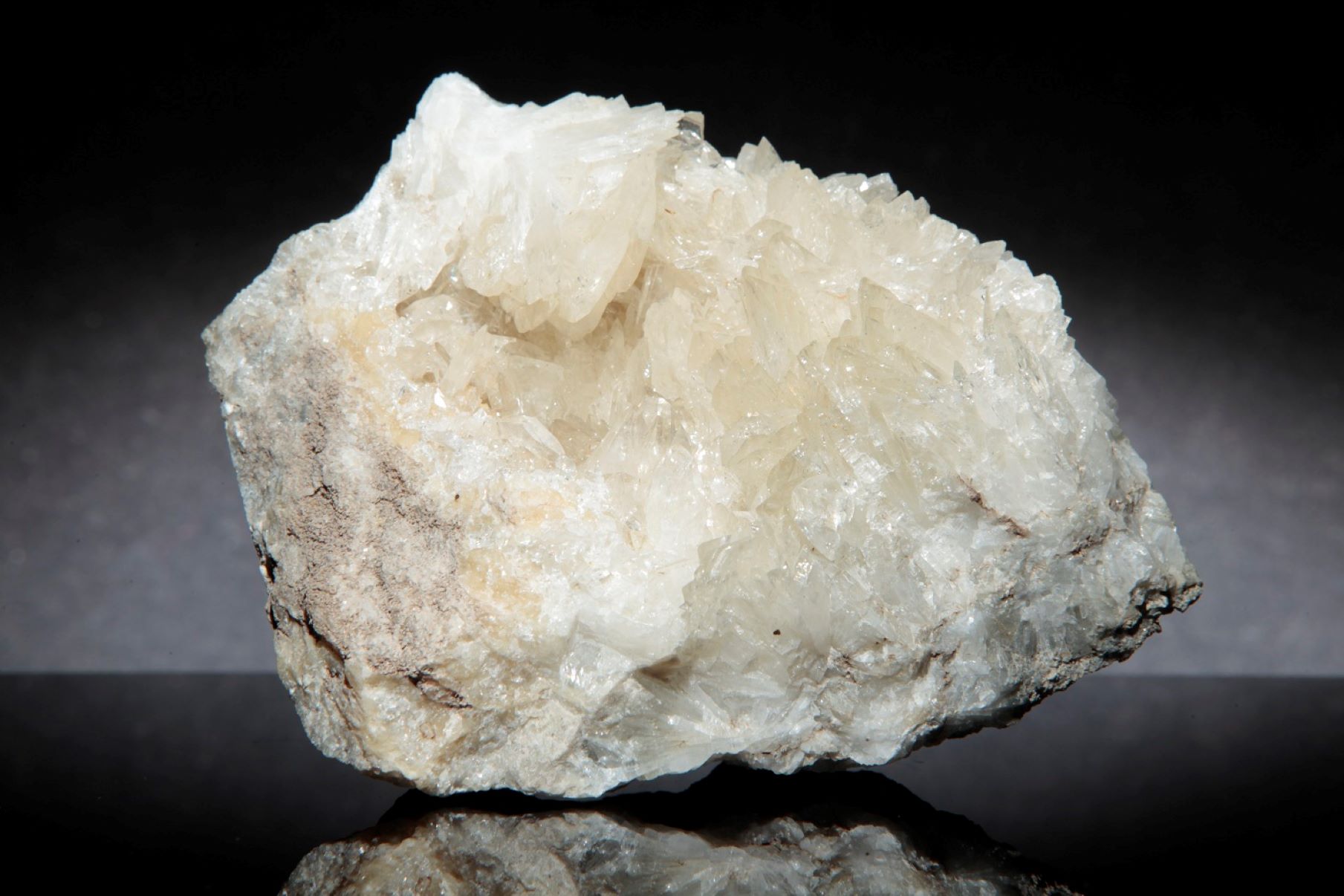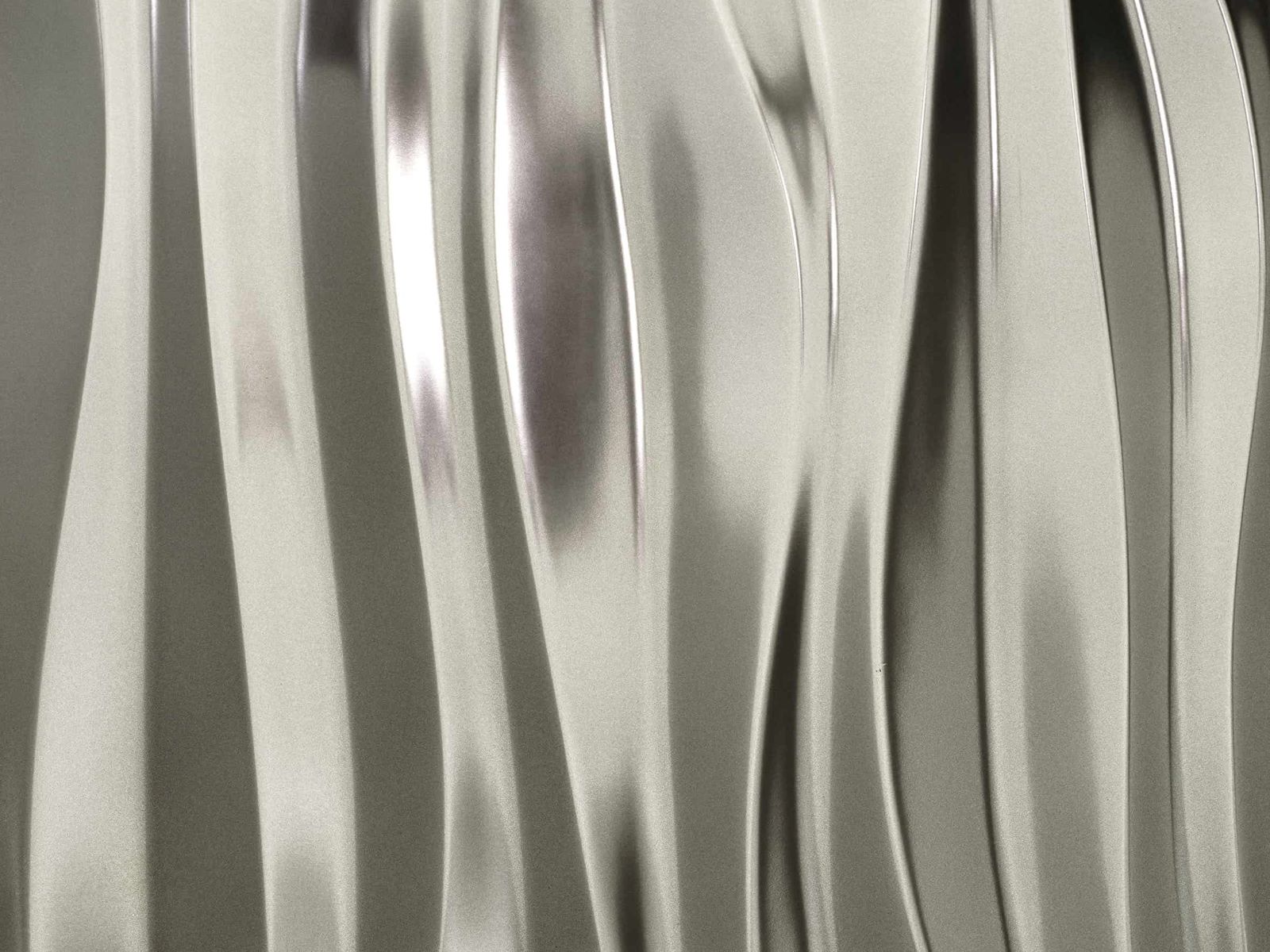
Colemanite is a fascinating mineral with a rich history and unique properties. Named after William T. Coleman, a prominent figure in the borax industry, this mineral has played a significant role in various industrial applications. But what exactly is colemanite? It's a borate mineral, primarily composed of hydrated calcium borate. Found in evaporite deposits, colemanite often forms in arid regions where water evaporation leaves behind borate-rich minerals. Why should you care about colemanite? This mineral is crucial in the production of borax, which is used in everything from glass and ceramics to detergents and fertilizers. Its unique crystal structure and formation process make it a subject of interest for geologists and mineral enthusiasts alike. Ready to learn more? Let's dive into 40 intriguing facts about colemanite that will expand your knowledge and appreciation for this remarkable mineral.
Key Takeaways:
- Colemanite is a fascinating borate mineral with historical significance and practical uses in industries like glass and agriculture. Its unique properties make it a sought-after specimen for collectors and a subject of ongoing scientific research.
- Mining colemanite has both positive and negative environmental impacts, but responsible practices can help mitigate these effects. The mineral's extraction is essential for plant growth, making it a valuable resource for agriculture and ensuring its availability for future generations.
What is Colemanite?
Colemanite is a fascinating mineral with a rich history and unique properties. It's a borate mineral that has intrigued scientists and collectors alike. Let's dive into some intriguing facts about this mineral.
-
Colemanite is named after William T. Coleman, a prominent businessman and mine owner in the 19th century.
-
This mineral is primarily composed of hydrated calcium borate.
-
It was first discovered in Death Valley, California.
-
Colemanite forms in evaporite deposits, which are layers of minerals left behind after water evaporates.
-
The crystal structure of colemanite is monoclinic, meaning it has three unequal axes with one oblique intersection.
Physical Properties of Colemanite
Understanding the physical properties of colemanite can help in identifying and studying this mineral. Here are some key characteristics.
-
Colemanite crystals are typically colorless or white, though they can also appear in shades of gray or yellow.
-
The mineral has a vitreous to pearly luster, giving it a shiny appearance.
-
It has a Mohs hardness of 4.5, making it relatively soft compared to other minerals.
-
Colemanite has a specific gravity of 2.42, which is a measure of its density.
-
The mineral exhibits perfect cleavage in one direction, meaning it can easily split along a flat plane.
Uses of Colemanite
Colemanite is not just a pretty mineral; it has practical applications as well. Here are some of the ways it is used.
-
One of the primary uses of colemanite is in the production of borax, a key ingredient in many household products.
-
It is also used in the manufacture of glass and ceramics, where it helps to improve durability and heat resistance.
-
Colemanite is an important source of boron, which is used in agriculture as a micronutrient for plants.
-
In the chemical industry, colemanite is used to produce boric acid, which has various applications including antiseptics and insecticides.
-
The mineral is also used in the production of fiberglass, which is used in insulation and other materials.
Geological Occurrence of Colemanite
Colemanite is found in specific geological settings. Here are some facts about where and how it occurs.
-
Colemanite is typically found in arid regions where evaporation rates are high.
-
Major deposits of colemanite are located in the United States, Turkey, and Argentina.
-
The mineral is often associated with other borate minerals like ulexite and borax.
-
Colemanite forms in sedimentary basins where boron-rich waters evaporate, leaving behind borate minerals.
-
It is commonly found in playa lakes, which are shallow, temporary lakes that form in desert environments.
Historical Significance of Colemanite
The history of colemanite is as rich as its physical properties. Here are some historical facts.
-
Colemanite was first described in 1884 by American mineralogist William H. Melville.
-
The mineral played a crucial role in the development of the borax industry in the late 19th and early 20th centuries.
-
William T. Coleman, after whom the mineral is named, was a key figure in the borax mining industry in California.
-
The discovery of colemanite helped to establish Death Valley as a significant mining region.
-
Early miners extracted colemanite using simple tools and techniques, often working in harsh desert conditions.
Interesting Facts About Colemanite
Here are some additional intriguing tidbits about colemanite that you might find interesting.
-
Colemanite can fluoresce under ultraviolet light, emitting a bright green glow.
-
The mineral can form beautiful, well-defined crystals that are highly sought after by collectors.
-
Colemanite is often found in nodular or massive forms, rather than as individual crystals.
-
The mineral can be dissolved in water, which is why it forms in evaporite deposits.
-
Colemanite is sometimes used in educational settings to teach students about mineralogy and geology.
Environmental Impact of Colemanite Mining
Mining colemanite has both positive and negative environmental impacts. Here are some facts to consider.
-
Mining operations can lead to habitat destruction and soil erosion in arid regions.
-
However, responsible mining practices can help to mitigate these impacts.
-
Reclamation efforts can restore mined areas to their natural state, promoting biodiversity.
-
The boron extracted from colemanite is essential for plant growth, making it a valuable resource for agriculture.
-
Sustainable mining practices can ensure that colemanite remains available for future generations.
Fun Facts About Colemanite
Let's end with some fun and lesser-known facts about colemanite.
-
Colemanite is sometimes called "Death Valley borate" because of its association with the region.
-
The mineral has been featured in various mineralogical exhibitions and museums around the world.
-
Colemanite can be used to create beautiful mineral specimens for display.
-
The mineral's unique properties make it a subject of ongoing scientific research.
-
Collectors often prize colemanite for its rarity and aesthetic appeal.
Colemanite's Fascinating World
Colemanite, a borate mineral, holds a unique place in both geology and industry. Its crystal structure and chemical composition make it a subject of interest for scientists and collectors alike. This mineral is not just a pretty face; it's essential in producing borax and boric acid, which have countless applications from glassmaking to agriculture.
Understanding colemanite's role in geothermal energy and nuclear power highlights its importance beyond traditional uses. Its ability to absorb neutrons makes it invaluable in nuclear reactors, ensuring safety and efficiency.
Whether you're a student, a professional, or just curious, knowing these facts about colemanite enriches your appreciation for this remarkable mineral. Next time you see a piece of colemanite, remember its journey from the earth to various industries, playing a crucial role in our daily lives.
Frequently Asked Questions
Was this page helpful?
Our commitment to delivering trustworthy and engaging content is at the heart of what we do. Each fact on our site is contributed by real users like you, bringing a wealth of diverse insights and information. To ensure the highest standards of accuracy and reliability, our dedicated editors meticulously review each submission. This process guarantees that the facts we share are not only fascinating but also credible. Trust in our commitment to quality and authenticity as you explore and learn with us.


